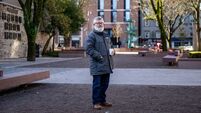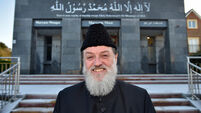Michael Moynihan: At braking point - Why lack of road etiquette is driving me crazy
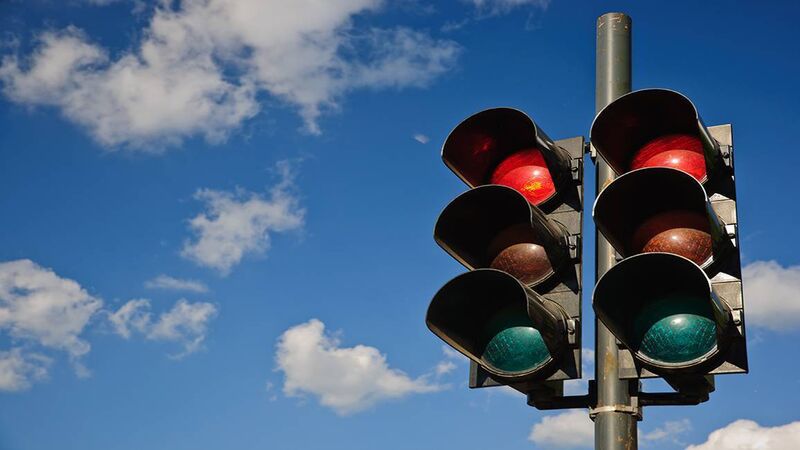
When traffic lights were first introduced to Syracuse, in upstate New York, one particular set of lights were often out of action. City officials soon learned that the lights were malfunctioning because they were being stoned by local residents.
Find below a faithful account of one day’s driving around Cork city: the events recorded all occurred on your columnist’s travels during one 12-hour spell last week.
Early morning: get into car and drive down the hill from home. When the traffic light goes green at the bottom of the hill just roll through — only to brake hard when a taxi driver sails past the red light on the other side. Deep breaths.
Later that morning: drive along the road past the school and clock the queue for a coffee shop ahead. A lady crosses the road with a cup of coffee in hand and phone to ear, synchronising her journey across the roadway with my arrival at the junction.
Brake hard. Lady strolls on. Oblivious. More deep breaths from driver.
Down to supermarket for much-needed supplies (McVitie’s Dark Chocolate Digestives): afterwards come to an unexpected halt before traffic lights outside shopping centre. Cars are being held up by a person (vast hooded coat, gender unknown) crossing four lanes of traffic not at the pedestrian crossing just 15m away, but through and behind cars and lorries. Much beeping of horns, though not by this columnist.
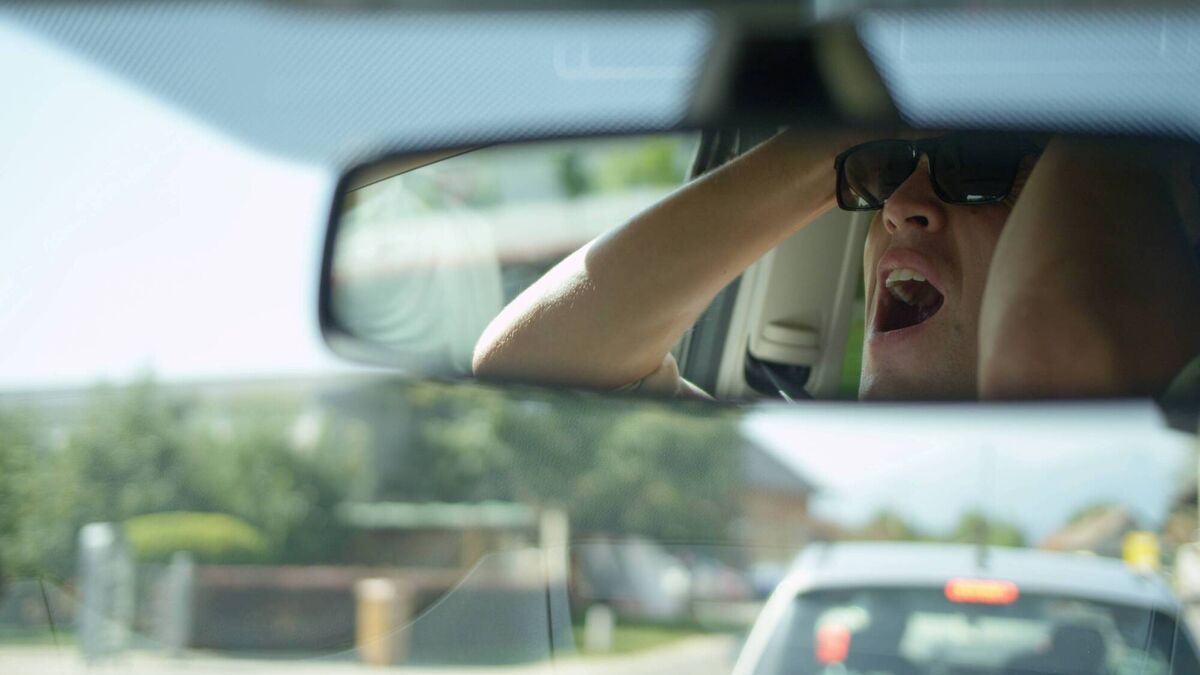
Later that evening: pull out of parking space on a hill and come to a sudden halt as two joggers are running up the hill on the road — not the footpath — even though there is room on the road for one car only to pass. Swear softly under breath, but not softly enough for disapproval from research assistants seated in the back.
Falling just outside the timeframe set above was an experience at a pedestrian crossing nearby when a cyclist mounted the pavement and cut across a street corner ahead of me, narrowly missing a lady pushing a pram. Who did not swear softly at all.
Call it the full house of road hazards: taxi, pedestrian (walking), pedestrian (jogger) and cyclist.
I recount this catalogue of events not for sympathy — as if, says you — but to make a couple of points.
First, the city’s roads are different since the lockdown began to bite. Nobody is disputing that.
The drop in traffic on the roads around and into the city can be quantified clearly. I saw media reports last month suggesting that traffic on the M8 into Cork between Glanmire and the Dunkettle interchange is 47% of what it was in 2019 and 65% of what it was in 2020: the average of 11,450 journeys every day this year is a huge drop when compared to the daily averages for the last two years — 24,050 in 2019, and 17,517 journeys even in lockdown-affected 2020.
Perhaps this helps to explain what seems to me a complete breakdown in road etiquette. Granted my sample size is small, just one day’s driving, but a lack of scientific rigour is one of my more lovable failings.
Many years ago, in my other life, I can recall being in an Oireachtas committee meeting in which representatives of the insurance industry spoke about the most and least dangerous places to drive in Ireland.
Cities, they argued, tended to have less serious accidents simply because people can’t drive as fast as they can in rural areas.
What they didn’t address, as far as I can recall, is whether people in cities, drivers and pedestrians alike, interact differently with each other because of the nature of their contact.

If you’re on a roadside in the country and someone whizzes past at sixty km an hour the interaction is abrupt, if not non-existent.
On the other hand, if you’re trying to slip across the South Mall and someone’s car is stationary in traffic, then catch their eye and get the nod — or raised finger — and you can jog over to the Imperial, no problem.
Are we losing this necessary element of urban negotiation? Anyone not living under a rock will recognise some version of the above interaction and volunteer his or her own version of it.
What concerns me is not people crossing the road where they shouldn’t, which has been happening for centuries, but the unilateral decision-making process that now accompanies that choice.
No more catching the driver’s eye and maybe holding up your takeaway coffee so you’re waved across the road; no more seeing the pedestrian about to step off the footpath and giving them the nod. Consultation is out, and ignoring other road users is very much in.
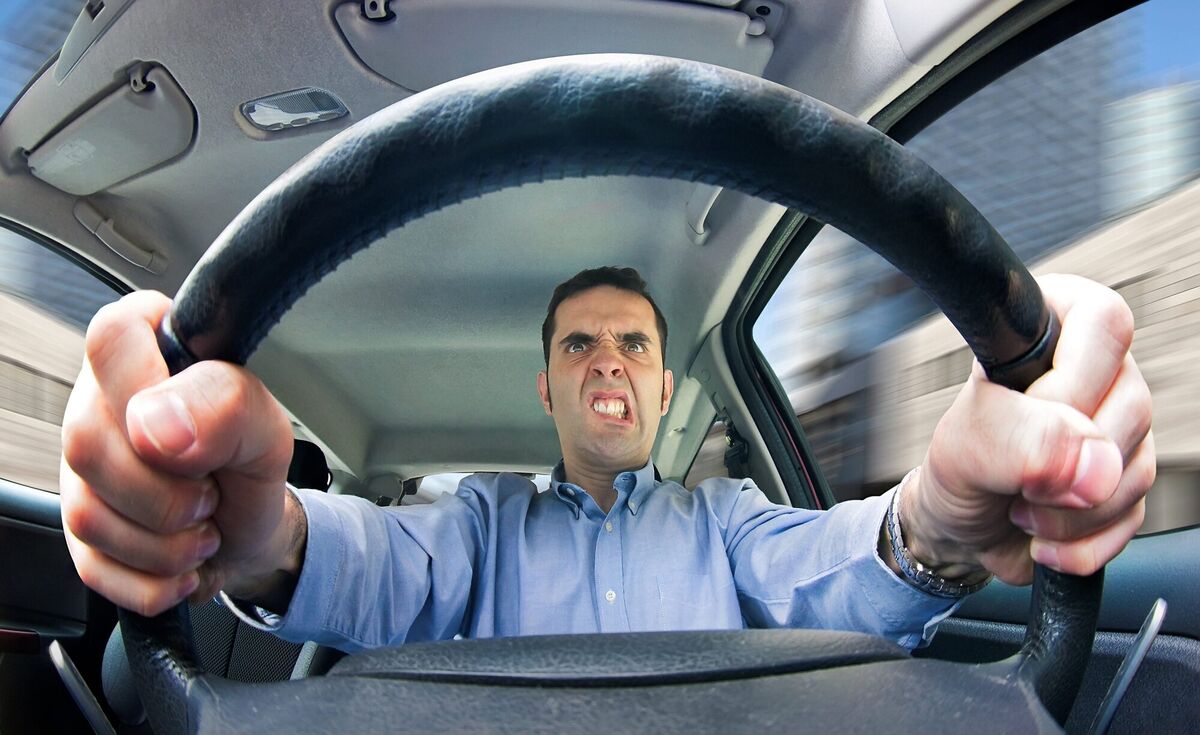
Maybe I’m imagining a change in behaviour brought about by people’s lockdown fatigue. Changes in behaviour are hard to track and difficult to prove, anyway.
Or not. As anyone with an interest in the obscure knows, there is no interest so marginal that it is without its team of dedicated, indefatigable researchers running a fine-tooth comb through data for conclusions. Hence I encountered a paper in last August’s Transportation Research Interdisciplinary Perspectives which focused on driving behaviour in Greece and Saudi Arabia.
However, they also discovered that driver mobile phone use had gone up by as much as 42% in the same period.
Granted, the news wasn’t all bad. In Greece accident numbers dropped by 41% during the first month of the country’s lockdown, and early morning accidents — between midnight and 5 am — dropped by up to 81%.
If drivers are driving differently, is it safe to assume that pedestrians are pedestrianising differently? That first conclusion, about harsh braking events being up by one-eighth: is that down to drivers encountering more pedestrians on emptier roads? And is that applicable to our situation?
Hopefully, this situation will improve post-lockdown before we reach the plateau of utter anarchy attained by the city of Syracuse back in the nineteen-twenties.
You never heard of this? When traffic lights were first introduced to Syracuse, in upstate New York, one particular set of lights were often out of action. City officials soon learned that the lights were malfunctioning because they were being stoned by local residents.
On further investigation, it was found that these residents were Irish, and objecting to ‘English’ red being placed over Irish green on the lights. As a result, this traffic light became the only one in America with the green light on top to appease those residents: it was unveiled on St Patrick’s Day in 1928
However, even further investigation shows the local authorities may have been naive in identifying the issue as ‘English’ red. The neighbourhood was known as Tipperary Hill because of the high number of Tipperary expats, suggesting their objection was not to the ‘red of England’ as the red of somewhere else not a long (long) way from Tipperary.
Was that taxi driver I encountered last week just registering his support for the expats of Syracuse? If so, red still means red, buddy.




